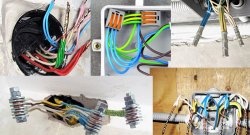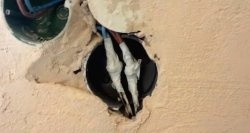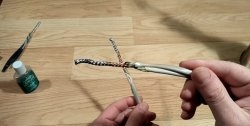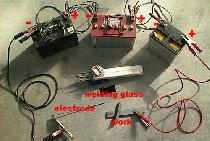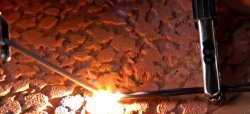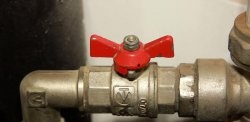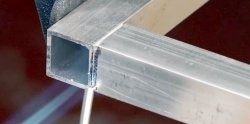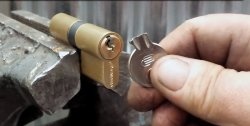The three most reliable ways to connect wires in a junction box
More and more powerful electrical appliances are appearing in our homes: coffee makers, kettles, air conditioners, boilers, etc. All this significantly increases the load on the home power supply network. The first thing that reacts to increases in circuit current is the wire connections. They are the first to lead to fires if they are not made in the appropriate way. And if there are several of them, and even in a closed distribution box, then the total heat generated is summed up and increases. This means that the distribution box is a particularly important and responsible node in terms of the load capacity of the network.
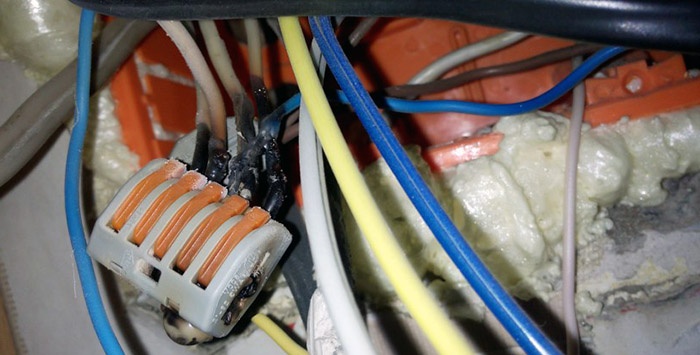
I will tell you three reliable ways to connect wires in a junction box, which I use myself and recommend to others.
The first in terms of reliability is wire welding. Produced by a special welding machine using a graphite or tungsten electrode. Due to the melting of the metal, the structures are mixed and the wires become one.If possible, use it.
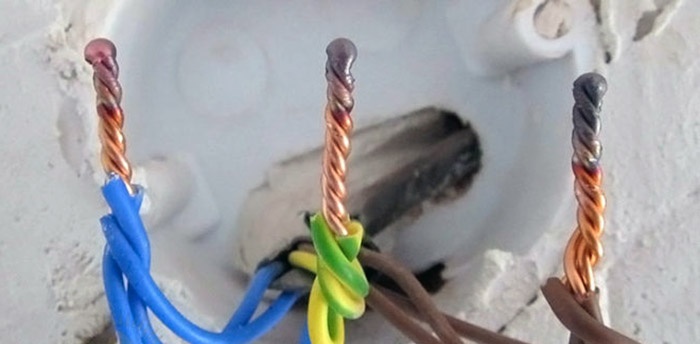
Pros:
Minuses:
The second most reliable method of connecting two or more wires is soldering. Produced with a regular soldering iron using conventional solder and flux used in radio engineering. This is the most affordable way.
First, a twist of several centimeters is made, and then it is sealed along the entire length.

Pros:
Minuses:
The third most reliable method is crimping wires with lugs. Due to its speed and reliability, it is often used by electricians when laying wiring in new houses.
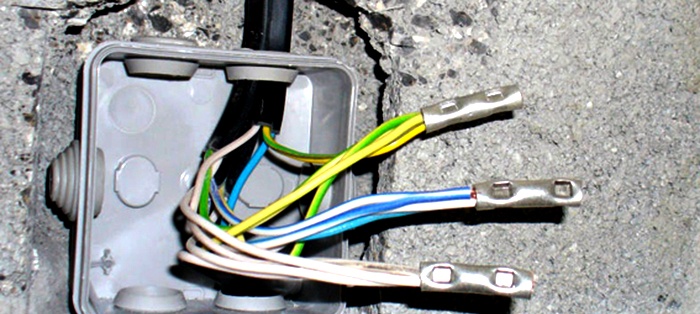
Pros:
Minuses:
Conventional twisting, screw terminals, terminal blocks, caps, clamps - in my opinion, an electrician with 20 years of experience is not a reliable connection of wires! By reliability, I mean that the connection is capable of withstanding, without unnecessary heating, the same current that the wire itself is designed to withstand for the entire period of operation.
Of course, I use VAGO terminals and twists in my work, but I try to do this either in light wiring, where the maximum current does not exceed 5 Amps, or in other examples with low current. Connecting lamps with such terminals is very convenient and fast, you can’t argue with that.
Now many people will begin to tell me that VAGOs are very reliable, designed for high currents of 32 A, etc. But my many years of experience, unfortunately, indicate the opposite.

Therefore, the three compounds given at the beginning can be used and not worry about the consequences in the future.

I will tell you three reliable ways to connect wires in a junction box, which I use myself and recommend to others.
Welding wires
The first in terms of reliability is wire welding. Produced by a special welding machine using a graphite or tungsten electrode. Due to the melting of the metal, the structures are mixed and the wires become one.If possible, use it.

Pros:
- The most reliable connection of all presented.
- Suitable for aluminum and copper wires.
Minuses:
- Requires special equipment.
- Labor-intensive and not always applicable.
Soldering wires
The second most reliable method of connecting two or more wires is soldering. Produced with a regular soldering iron using conventional solder and flux used in radio engineering. This is the most affordable way.
First, a twist of several centimeters is made, and then it is sealed along the entire length.

Pros:
- A very reliable connection with the proper length of soldered twist.
- Available to most DIYers.
Minuses:
- Labor-intensive and not always applicable.
- Applicable to copper wires only.
Wire crimping
The third most reliable method is crimping wires with lugs. Due to its speed and reliability, it is often used by electricians when laying wiring in new houses.

Pros:
- Very fast, requires minimal time to create a reliable connection.
- Suitable for aluminum and copper wires.
Minuses:
- It is necessary to have special crimping pliers and tips.
Conclusion
Conventional twisting, screw terminals, terminal blocks, caps, clamps - in my opinion, an electrician with 20 years of experience is not a reliable connection of wires! By reliability, I mean that the connection is capable of withstanding, without unnecessary heating, the same current that the wire itself is designed to withstand for the entire period of operation.
Of course, I use VAGO terminals and twists in my work, but I try to do this either in light wiring, where the maximum current does not exceed 5 Amps, or in other examples with low current. Connecting lamps with such terminals is very convenient and fast, you can’t argue with that.
Now many people will begin to tell me that VAGOs are very reliable, designed for high currents of 32 A, etc. But my many years of experience, unfortunately, indicate the opposite.

Therefore, the three compounds given at the beginning can be used and not worry about the consequences in the future.
Informative video on the topic
Similar master classes
Particularly interesting
Comments (49)

